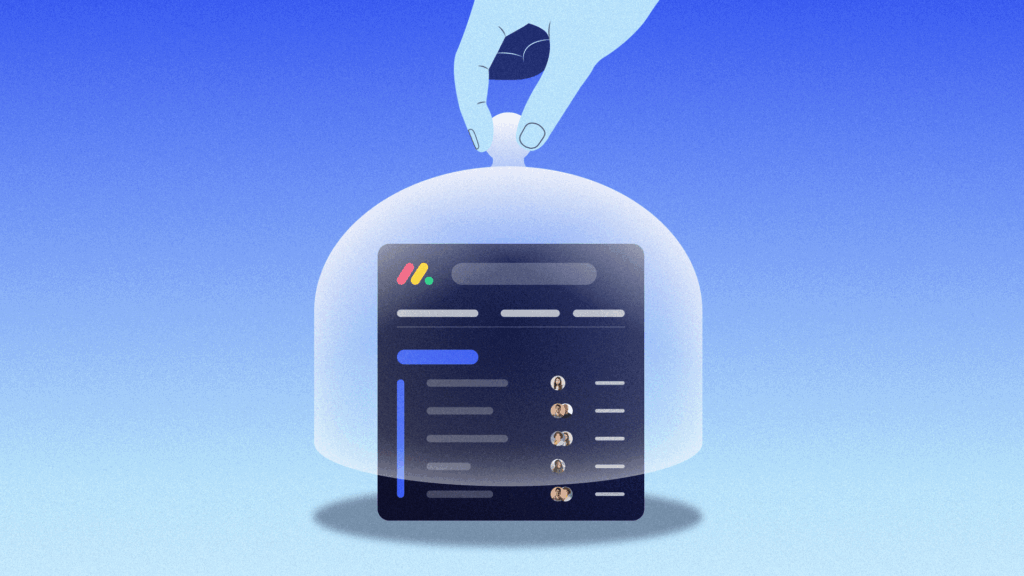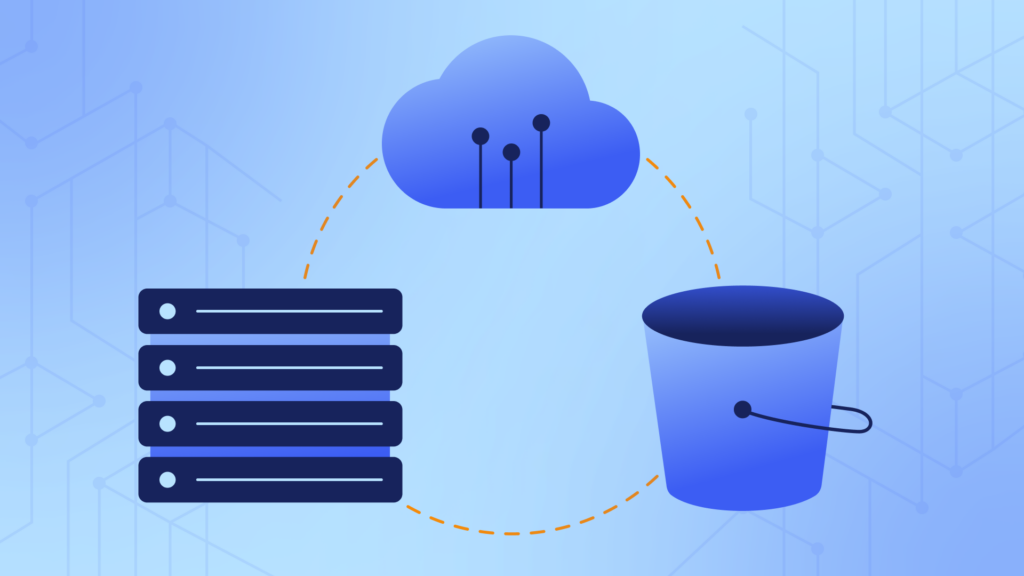Running multiple storefronts helps ecommerce entrepreneurs diversify their brand, increase their customer base, and improve their customer experience. But entrepreneurs who have tried it know that managing multiple Shopify stores can either be a breeze or a nightmare depending on the tools you use.
Unfortunately, Shopify doesn’t come out of the box with many features that help with this task. For instance, it’s still not possible to manage multiple shops under one login.
The goal is to find tools that help you automate and simplify as many processes as possible so that you can focus on marketing and customer service.
This is where the Shopify App Store can help. Here are five tools you should deploy to help you avoid the biggest challenges of running multiple Shopify stores at once.
1. Rewind Backups
If you or someone who works for you logs in and out of Shopify accounts all day, it’s easy to get distracted and modify the wrong store.
Craig MacLennan, the founder of Blissful Light, shared this with us: “I have two Shopify websites (one is a subdomain) using the same theme and I asked the theme developer to make some big changes to one of the themes. Unfortunately, he logged into the wrong one and for a few hours, one of the main functions on the site was down. It really worried me that this could have been a lot worse and even lost the website or products.”
A small mistake in editing theme code could take hours to undo. The only way to reduce this risk is to have a regularly updated backup of your Shopify store.
Rewind does just that. It automates the backup of your Shopify store so you don’t even have to think about it. You can also run a specific backup anytime, like right before you edit theme code or start a bulk upload right before Black Friday.
Having access to your own Shopify backups means that you and your team can all make changes to your online store without worrying about what will happen when someone makes a mistake. Rewind allows you to undo mistakes by restoring a single item, multiple items, or your entire account to a previous point in time. It’s like having a magic undo button.
With the amount of time it takes to build not one, but multiple Shopify stores, you do NOT want to be rebuilding them from scratch if something were to go wrong.
Get Rewind Backups for Shopify
2. Stitch Labs
Another must-have app is a multi-channel inventory manager like Stitch Labs.
Stitch’s technology helps to streamline inventory and operations across multiple Shopify storefronts. With Stitch, you can:
- Simplify order management
- Automate inventory control
- Easily manage online and offline channels
- Sync inventory availability across all your sales channels
This kind of tool will help you keep your returns, customer care logs, fulfillments, and dropshipping processes well-organized by centralizing your order management.
Take control of your growth with advanced inventory and order management.
3. nChannel
It is very important to keep product data well-organized and formatted, especially for retailers who plan to grow their business. Synchronizing inventory counts across multiple ecommerce stores is also very important.
nChannel is the perfect tool for all of this.
It is a cloud-based Product Information Management system that allows you to control all of the product data that’s relevant to your multiple Shopify stores, and then standardize, organize, clean, and publish it from one place, saving you lots of time and effort in the process.
4. Rewind Staging (formerly Copy)
Being able to copy your Shopify store – or specific parts of it – to a new account is extremely useful if you’re running multiple storefronts.
You could…
- Offer multiple currencies or languages in regional stores.
- Create a developer store to test changes.
- Create a wholesale store to allow retail partners to order online.
- Create a new brand using the same theme design.
Rewind Staging is a Shopify App that allows you to automatically copy a store and sync stores between multiple Shopify accounts.
It gives you flexibility with what gets copied from one store to another. You can exclude many attributes in your store copy, such as your products, if you want to keep the same theme design but sell different products in your two stores.
We wrote an entire article on how to duplicate a Shopify store using Rewind Staging.
5. Veeqo
Displaying the correct amount of available products is critical, and any mistakes could lead to a disaster. Sales would be lost if the inventory of a product is listed as zero online while still available in the warehouse.
Conversely, listing that a product is available when it is not would result in orders being left unfulfilled, potentially leading to a loss of customers.
Veeqo provides a solution to this problem.
Veeqo has a multichannel inventory management system that allows retailers to sync inventory across multiple Shopify stores, channels, ecommerce marketplaces, and warehouses in real-time, helping ecommerce entrepreneurs ensure that their products are never over or undersold.
Automate the tedious work
If you are struggling to manage all of your brands or online stores, the best thing you can do for yourself is investing in automation.
These five tools - Rewind Backups, Stitch Labs, nChannel , Rewind Staging, and Veeqo – will make running multiple Shopify stores a lot easier. By automating time-consuming and ongoing processes, your team and customers will thank you.



